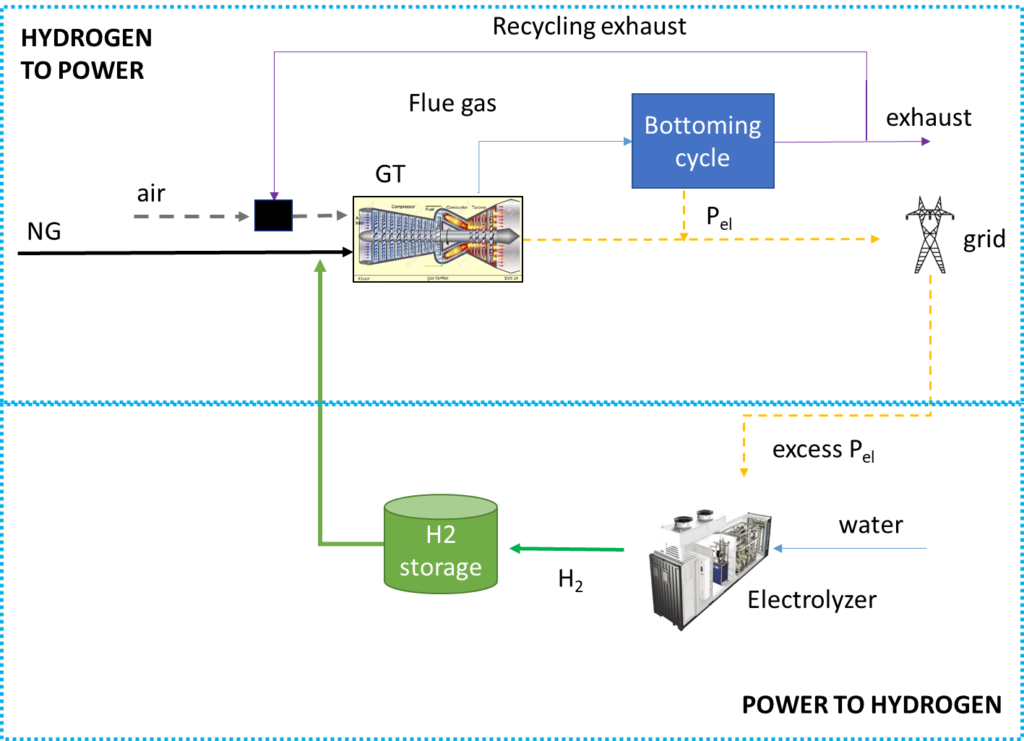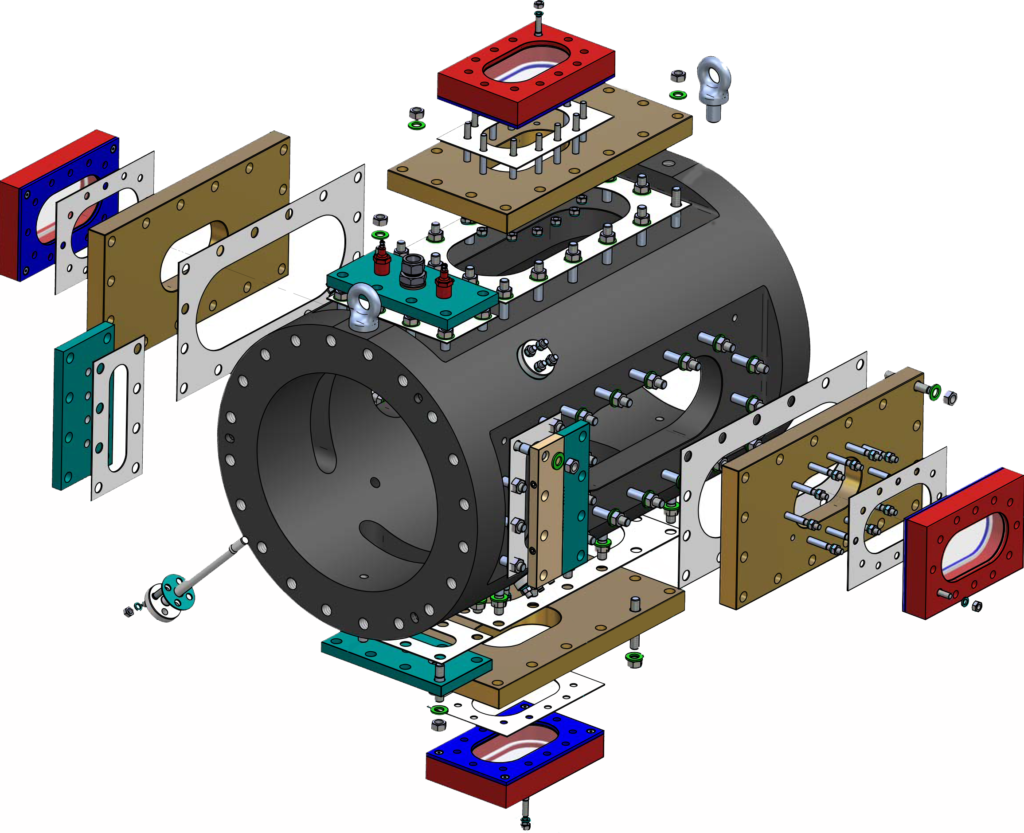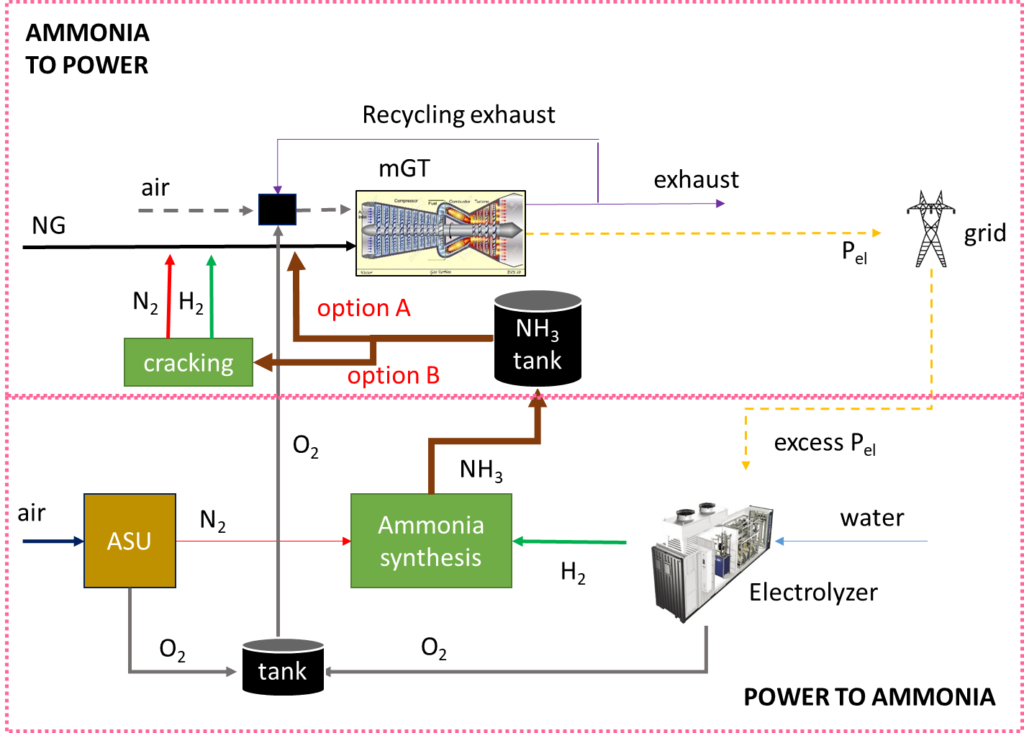FLEXnCONFU – FLEXibilize combined cycle power plant through Power- to-X solutions using non-CONventional fuels
The energy transition towards a carbon neutral society can be achieved through the integration of renewable energy sources (RES) into the grid balanced with dispatchable centralised power generation plants. This poses a flexibility challenge for the thermal power generation sector, called to feed the grid in presence of a lack of RES.
In order to tackle this challenge, the EU’s Horizon 2020 research and innovation programme has granted funding to the FLEXnCONFU project. ETN as dissemination partner has interviewed Alessandra Cuneo, FLEXnCONFU’s project coordinator, in order to get some insight of this fascinating research project.
What is the idea behind FLEXnCONFU?
The FLEXnCONFU project aims to respond to the challenge arising nowadays for fossil fuel power plants, which have to shift their role from providing base-load power to providing fluctuating back-up power. The strong fluctuations will not only reduce the operating life of the plants’ components but also reduce the efficiency and increase the greenhouse gas (GHG) emissions.
The idea behind FLEXnCONFU is to explore innovative power to gas to power solutions, which would allow a less fluctuating operation of the power plants while producing decarbonised fuels (i.e. hydrogen (H2) and ammonia (NH3)) to burn in the same power plant reducing the GHG emissions.
What is the main goal of FLEXnCONFU?
The main goal of the FLEXnCONFU is to develop and demonstrate in a real Combined Cycle (CC) plant an innovative, economically viable and replicable power-to-X-to-power solution that enables the operation and design of an integrated power plant layout to un-tap CC plants’ flexibility.
Within FLEXnCONFU project, to level the CC plants’ load, the electricity production could be converted in H2 or NH3 as carbon free fuels via P2X2P application, to be in turn locally re-used in the same power plant to respond to varying demand. The final target is to provide a more flexible, smart and resilient power system.
What are the objectives of the FLEXnCONFU?
In order to achieve the main goal and tackle the mentioned challenges, the FLEXnCONFU consortium has set specific and quantitative technical objectives.
The first objective is the demonstration of a power-to-hydrogen system in a real operational environment (EDP’s Ribatejo power plant), where a complete system composed by a 1 MW fast-cycling electrolyser, gas compressor and pressurized hydrogen storage will be installed. The target is to operate the power-to-hydrogen solution for 1000hours connected with the combined cycle.

The second objective is to study the combustion of hydrogen and ammonia. The tests will be performed at the Heavy Duty Representative GT Combustion Systems at the combustion lab of Cardiff University. Moreover, the re-design of a micro gas turbine combustion chamber to burn 100% NH3 will be developed.

The third objective is the development of a power-to-ammonia solution, which will be demonstrated up to Technology Readiness Level (TRL) 6 in the Savona lab of University of Genova, where a modular and containerized solution will be connected to an existing micro gas turbine (T100), installed within a smart grid, properly modified for ammonia combustion.
The target is to operate the system at T<300˚C and p<35bar.

The fourth objective consists in the efficient integration of power-to-X components via grid oriented advanced control system. Dynamic models of the main components will be developed using Reduced Order Models. These models will be the starting point to develop advanced control strategies including grid requests.
What are the expected impacts?
FLEXnCONFU project is a “demonstration to market” project, with relevant impacts on all the stakeholders of its value chain that will benefit from it by strengthening their competitiveness and growth on the market.
The outcomes of the project will contribute to the development of a smart, secure and more resilient power system, while allowing a smoother operation of CC plants and reduce the GHG emissions. The table below shows the main FLEXnCONFU’s technical impacts.
Reduction of minimum load: -10%
Increase of CC plants yearly efficiency: -5%
Increase yearly Equivalent Operating Hours: 5÷10%
Reduction of yearly start-up numbers: – 10%
Quicker ramp up/down with load gradient: +10÷15%
Reduction of NG consumption and related emissions: -10÷20% of GHGeq
This project has received funding from the European Union’s Horizon 2020 research and innovation programme under grant agreement No 884157
